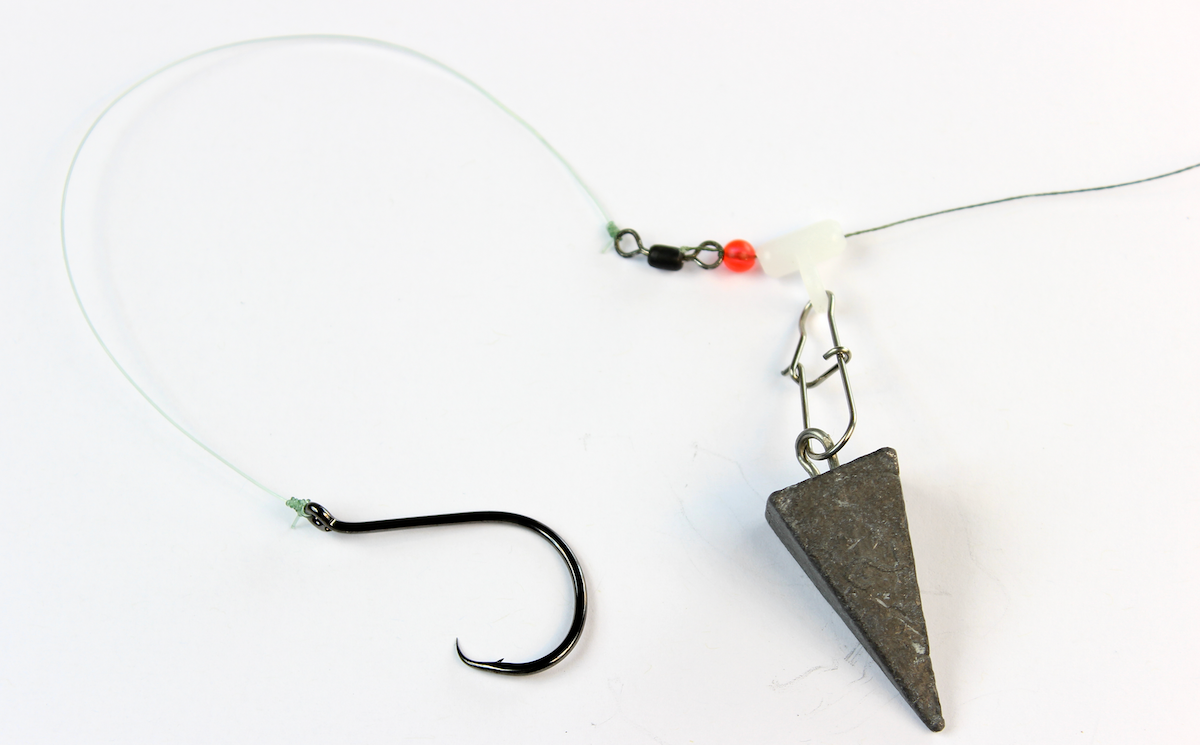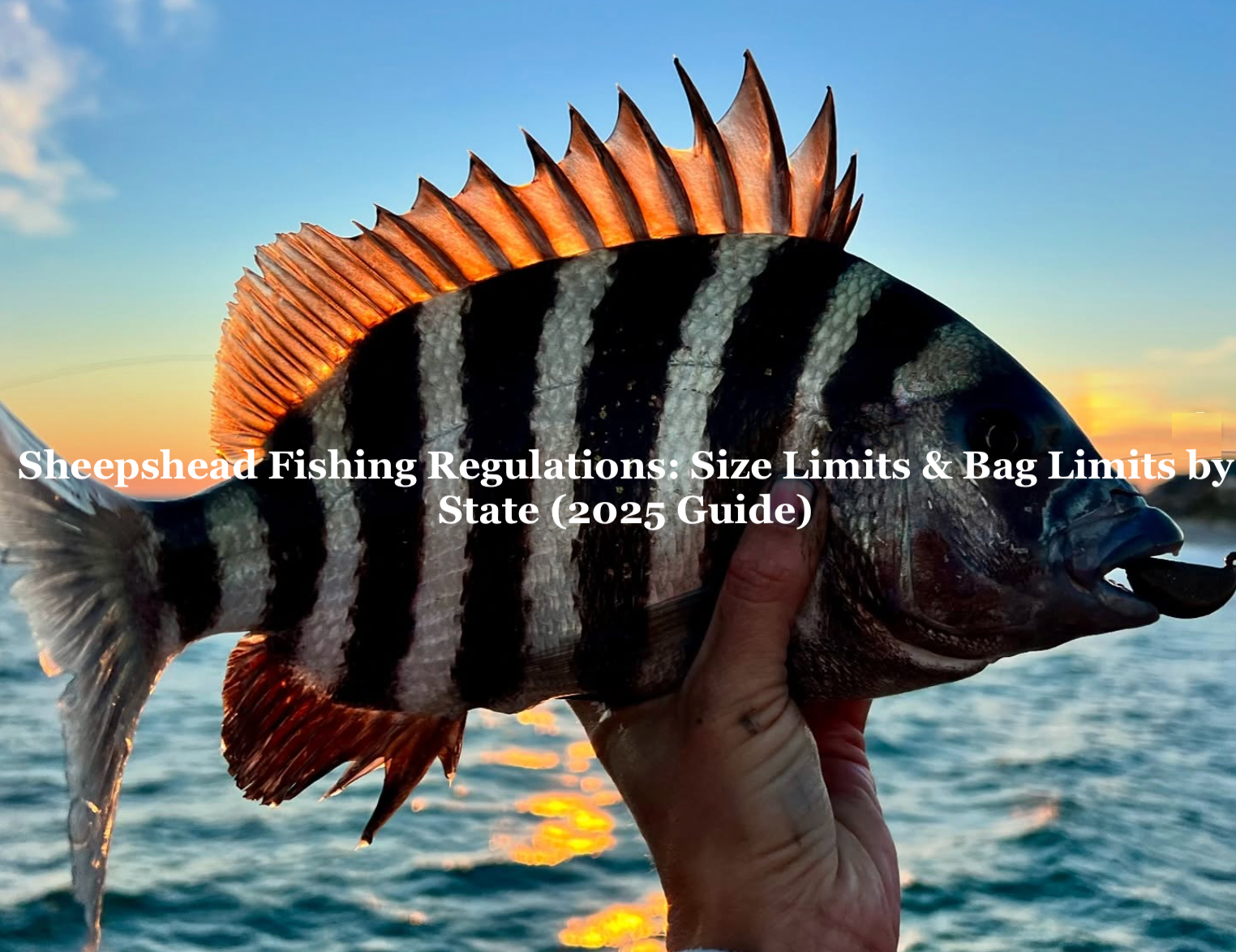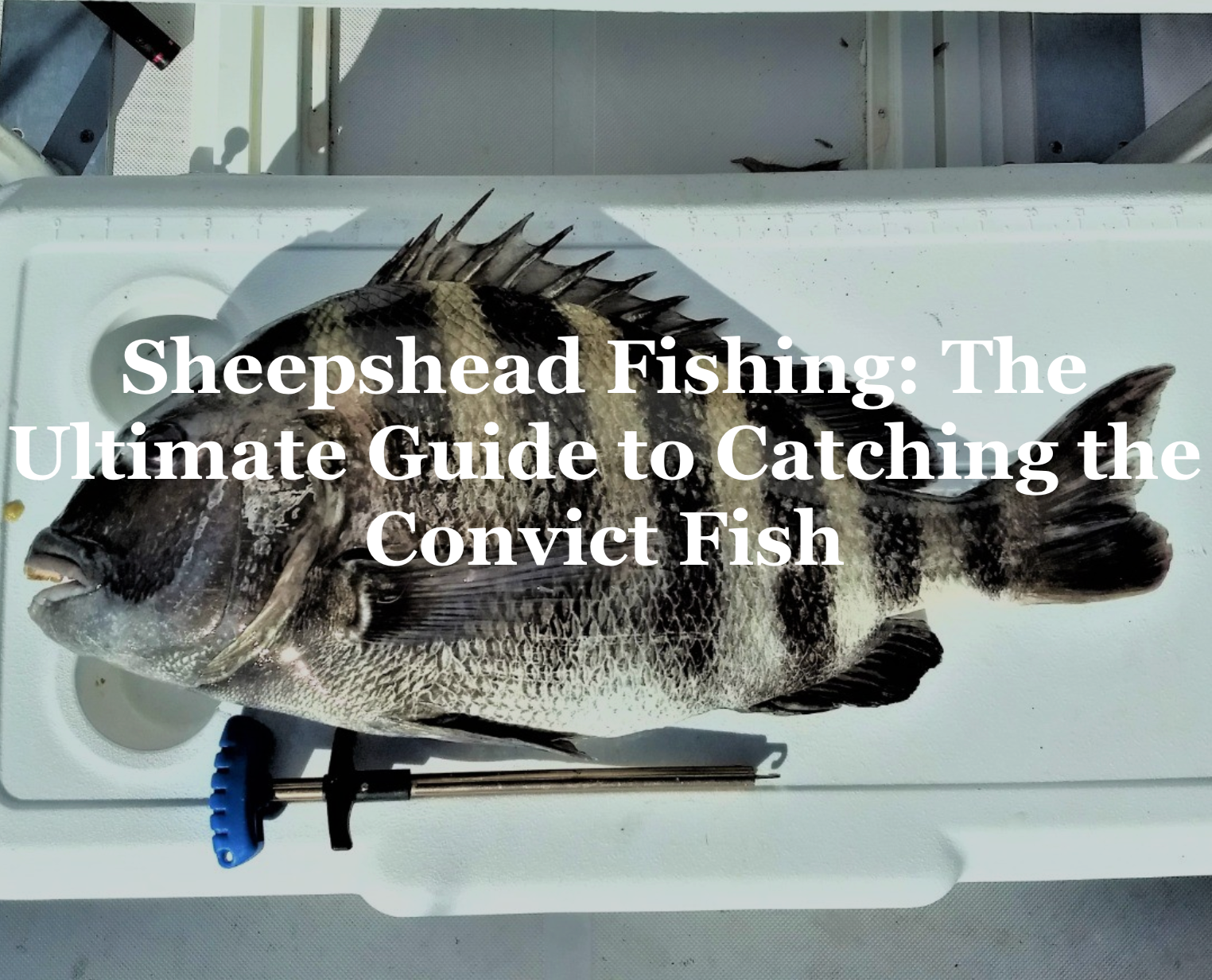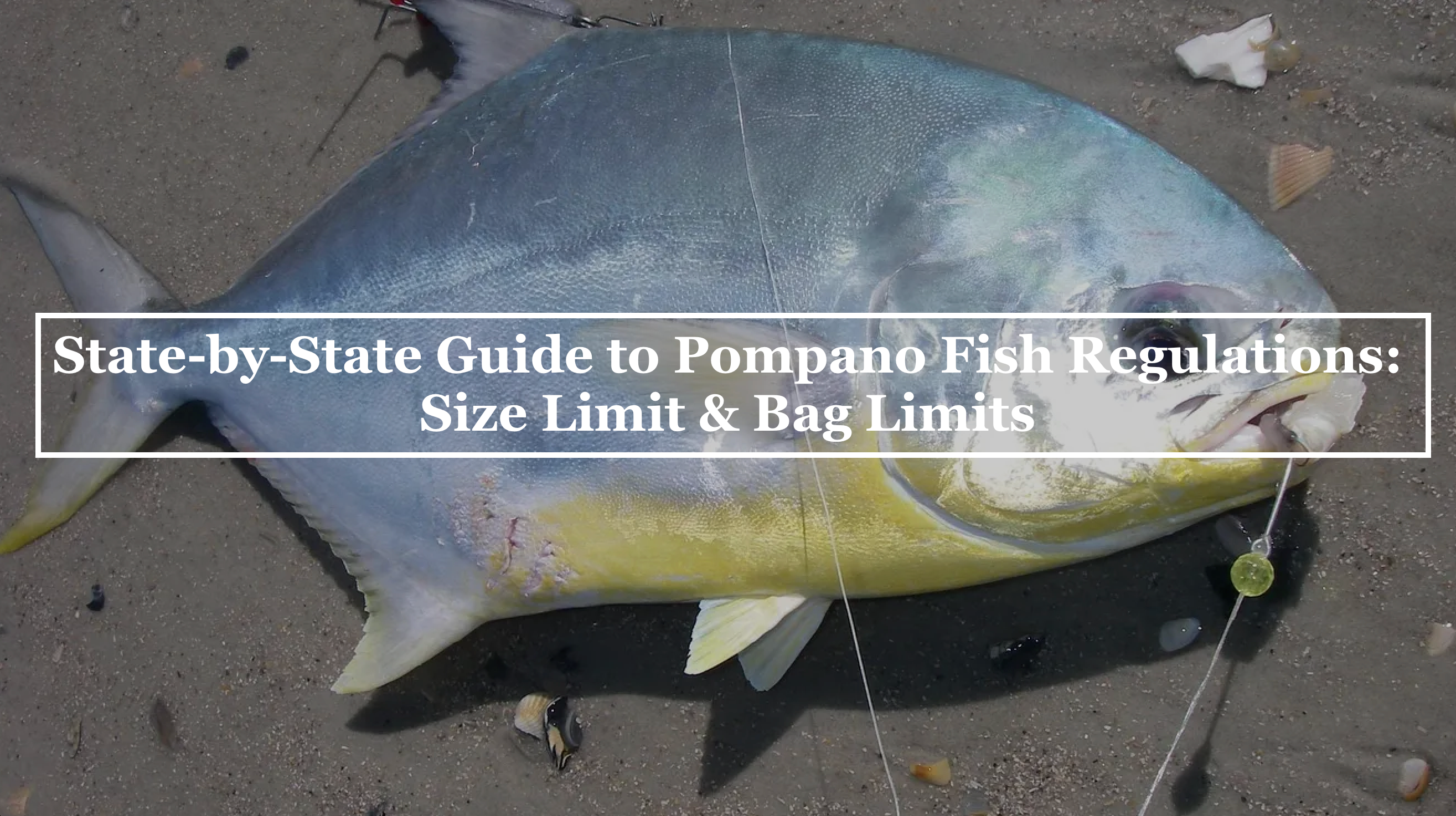The Fish Finder Rig is a cornerstone for anglers targeting bottom-dwelling fish in challenging conditions like surf or offshore fishing. Its sliding sinker design allows fish to take bait without feeling resistance, making it ideal for species like striped bass, red drum, flounder, and cobia. This comprehensive guide covers everything you need to know—tying, casting, bait selection, species-specific setups, and comparisons with other rigs—to make this the ultimate resource for mastering the Fish Finder Rig.
What is a Fish Finder Rig?

A Fish Finder Rig is a fishing setup with a sliding sinker and leader, ideal for detecting bites while bottom fishing in deep waters. It’s designed to allow the fish to take the bait without feeling the weight of the sinker, making it highly effective for species that are sensitive to resistance. The rig typically consists of a sinker slide (or fish finder sleeve) that lets the main line move freely, a sinker to hold the rig on the bottom, a swivel to prevent line twists, a leader, and a hook with bait. Its core components include:
-
Main Line: Connects the rod to the rig.
-
Sinker Slide: Allows the sinker to move freely.
-
Sinker: Anchors the rig to the bottom.
-
Bead: Protects knots from abrasion.
-
Swivel: Prevents line twist.
-
Leader: Connects the swivel to the hook.
-
Hook: Secures the bait.
This rig excels in surf fishing, where waves and currents demand stability, and is effective for catching sea trout, bluefish, red drum, flounder, striped bass, snook, and even small sharks.
Advantages and Disadvantages of the Fish Finder Rig
Understanding the strengths and limitations of the Fish Finder Rig helps you decide when to use it.
Advantages
-
Easy to Set Up: Simple assembly suits beginners and experts.
-
Surf Stability: Resists wind and current, ideal for surf casting.
-
Long Casting: Heavy sinkers enable distance casting.
-
Natural Bait Presentation: The sliding sinker ensures free bait movement, mimicking injured prey.
-
Versatile: Effective for a wide range of bottom-dwelling species.
-
Sensitive Bite Detection: Fish feel minimal resistance, increasing hookup rates.
Disadvantages
-
Limited to Open Waters: Not suitable for areas with heavy structure like weeds or wrecks.
-
Requires Adjustments: Leader length and sinker weight must be tailored to conditions.
-
Bait Monitoring: Frequent checks are needed, as smaller fish may strip bait.
How to Make a Fish Finder Rig

Each component is critical to the rig’s performance. Below are the specifications and selection tips:
|
Component |
Description |
Selection Tips |
|---|---|---|
|
Main Line |
Connects the rod to the rig, typically braided for strength. |
Use 20-50 lb braid for larger species; 15-30 lb for smaller fish. |
|
Sinker Slide |
Plastic or metal tube allowing the sinker to slide freely. |
Use a billfisher sleeve swivel with braid to prevent wear. |
|
Sinker |
Pyramid or egg-shaped sinker to hold the bottom. |
Choose 1-3 oz for calm waters, 4-8 oz for strong currents. Pyramid for sand; egg for rocks. |
|
Bead |
Protects the knot from abrasion. |
Use 4-8mm beads in red, yellow, or orange; some click to attract fish. |
|
Swivel |
Barrel swivel to prevent line twist. |
Use sizes #3 or #5, 220 lb test, matching line strength. |
|
Leader |
12-48 inch line connecting swivel to hook. |
Fluorocarbon (40-100 lb) for clear water; monofilament or steel for murky or toothy fish. |
|
Hook |
Circle or J-hook to secure bait. |
Use 5/0-8/0 circle hooks for catch-and-release; 1/0-6/0 J-hooks for aggressive sets. |
Advanced Tip: A billfisher sleeve swivel prevents braid from cutting the sinker slide, especially in heavy surf conditions.
Recommended Setups for Different Fish Species

Customize the Fish Finder Rig for specific species to optimize performance:
|
Fish Species |
Hook |
Leader |
Bead |
Sinker Slider |
Sinker |
|---|---|---|---|---|---|
|
Red Drum, Bluefish, Snook, Sea Trout, Croaker, Sheepshead, Striped Bass, Flounder (20-40") |
5/0 Circle Hook |
18" Steel/Fluorocarbon #40lb |
8mm Red Bead |
Size 5 |
3oz Pyramid |
|
Small Sharks |
5/0 Circle Hook |
36" Steel #40lb |
8mm Red Bead |
Size 5 |
3oz Pyramid |
|
Red Drum, Bull Drum, Striped Bass, White Sea Bass, Snook, Tarpon, Cobia, Halibut (>40") |
8/0 Circle Hook |
36" Steel #80lb |
8mm Red Bead |
Size 6 |
6oz Pyramid |
Note: Adjust leader length and sinker weight based on water depth and current strength.
How to Tie a Fish Finder Rig

Tying a Fish Finder Rig properly ensures it functions as intended. The key knots to master are the improved clinch knot for the swivel and the Palomar knot for the hook. Here’s a detailed breakdown:
-
Thread the Sinker Slide: Pass your main line through the sinker slide, then add a small bead to act as a buffer.
-
Tie the Swivel: Use an improved clinch knot to secure the main line to the barrel swivel. Pass the line through the swivel eye, wrap it around the standing line 5-6 times, then thread it back through the loop near the swivel eye and tighten.
-
Attach the Leader: Tie your leader to the other end of the swivel using the same improved clinch knot.
-
Secure the Hook: Tie the hook to the leader with a Palomar knot. Double the leader, pass the loop through the hook eye, tie an overhand knot with the loop, then pass the hook through the loop and pull tight.
Double-check all knots for strength, as the rig will often be under tension from strong currents or fighting fish.
How to Cast a Fish Finder Rig
Casting a Fish Finder Rig requires some care to avoid tangles, especially with the sliding sinker and leader. Follow these tips for a smooth cast:
-
Prepare Your Rig: Ensure the sinker is clipped to the sinker slide and the leader is free of tangles. Hold the leader and hook in your hand to keep them from swinging.
-
Position Your Rod: Use a medium to heavy rod (7-9 feet for surf fishing) to handle the weight of the sinker. Point the rod tip upward at a 45-degree angle.
-
Cast Smoothly: Perform an overhead cast, releasing the line as the rod tip reaches its forward motion. Let the weight of the sinker carry the rig out.
-
Let It Settle: Once the rig hits the water, allow the sinker to sink to the bottom. Keep the line slightly slack to let the fish take the bait without resistance.
Surf Fishing Tips:
-
Use a minimum 4 oz sinker to hold in surf.
-
Near shore, use a 24"-30" leader; for distance, shorten to 6"-24".
-
Use steel leaders for aggressive fish like bluefish or sharks to prevent bite-offs.
-
Use a bait clip for longer leaders to secure bait during casting.
-
Target breaking surf areas without underwater structure to avoid snags.
-
Check bait every 20-30 minutes to ensure it’s intact.
How to Use a Fish Finder Rig

Using a Fish Finder Rig effectively involves understanding your environment and target species. Here’s how to make the most of it:
-
Choose the Right Spot: Look for areas with structure—drop-offs, reefs, or channels—where bottom-dwelling fish like flounder, redfish, or striped bass congregate.
-
Set the Rig: Cast your rig and let the sinker settle on the bottom. Keep your rod in a holder or hold it with a light grip, watching for subtle bites.
-
Detect Bites: The sliding sinker allows the fish to take the bait without feeling the weight. Watch for line movement or a tap on the rod tip.
-
Set the Hook: If using a circle hook, reel in steadily to set the hook in the corner of the fish’s mouth. For J-hooks, give a quick upward jerk.
The Fish Finder Rig shines in scenarios where fish are finicky, as the free-sliding sinker minimizes resistance.
Detecting Bites with the Fish Finder Rig
The sliding sinker makes bites subtle. Look for:
-
Rod Tip Movement: Twitches or dips indicate a bite.
-
Line Movement: Watch for line moving sideways or tightening.
-
Clicker Alerts: Use a reel clicker for audible cues.
-
Feel the Line: Hold the line lightly to sense tension changes.
Pro Tip: Wait 1-2 seconds before reeling to ensure the fish fully takes the bait, especially with circle hooks.
What is the Best Bait for Fish Finder Rig?

The best bait for a Fish Finder Rig depends on your target species, but here are some top choices:
-
Live Bait: Shrimp, mullet, or minnows work well for redfish, flounder, and striped bass. Hook live bait through the lips or tail for natural movement.
-
Cut Bait: Chunks of mullet, squid, or bunker are great for bottom feeders like cobia or drum. Use a circle hook to secure the bait.
-
Artificial Bait: Soft plastics like Gulp! shrimp or paddle tails can mimic live bait, especially in clear water.
|
Species |
Best Baits |
Tips |
|---|---|---|
|
Striped Bass |
Live eels, bunker chunks, mullet |
Hook through the nose for natural movement. |
|
Red Drum |
Fresh shrimp, mullet, crab |
Use fresh bait to match local forage. |
|
Flounder |
Live minnows, squid strips |
Drag slowly along sandy bottoms. |
|
Cobia |
Live pinfish, eels |
Use larger hooks (5/0) in deeper water. |
|
Sharks |
Whole mullet, mackerel, bluefish |
Use circle hooks to avoid gut-hooking. |
Cut Bait: Mullet, mackerel, bunker, herring, croaker, sardines, clams, mussels, squid, shrimp. Live Bait: Sand fleas, shrimp, bloodworms, sandworms, grunion, crabs, sardines.
Tip: Hook cut bait through the thinner side to streamline it in current, reducing tangles.
Fish-Finder Rig Using a Foam Peg Float

A foam peg float can be added a few inches above the hook to provide buoyancy, keeping the bait slightly off the bottom. This is ideal for:
-
Less picky feeders like sharks, bull drum, bluefish, and striped bass.
-
Situations where you want the bait to hover above the bottom in murky water.
Caution: Avoid using a float for finicky feeders like snook, as it may scare them.
Fish Finder Rig with Leader
The leader is a critical component of the Fish Finder Rig, providing flexibility in presentation and protecting the main line from abrasion. A leader of 12-24 inches is ideal for most situations, but you can adjust based on conditions:
-
Short Leaders (12-18 inches): Best for surf fishing or when targeting fish close to the bottom, like flounder or redfish.
-
Long Leaders (18-24 inches): Use in deeper water or when fish are suspended slightly off the bottom, such as cobia or striped bass.
Fluorocarbon leaders are preferred for their low visibility, but monofilament works well in murky water. A 20-40 lb test leader handles most species, though you may need heavier line for larger fish like cobia.
Material:
-
Fluorocarbon: Low visibility, ideal for clear water.
-
Monofilament: Cost-effective, suitable for murky water.
-
Steel: Prevents bite-offs from toothy fish like bluefish or sharks.
Species-Specific Tips
Fish Finder Rig for Cobia
Cobia are powerful fish often found near structure or following rays. Use a 24-inch fluorocarbon leader (40 lb test) and a 5/0 circle hook. Live bait like pinfish or eels works best, and a 4-6 oz sinker keeps the rig in place in deeper water (30-50 feet).
Fish Finder Rig Surf Fishing
For surf fishing, the Fish Finder Rig is a go-to for species like pompano, whiting, and redfish. Use a 2-4 oz pyramid sinker to hold in the surf, a 15-20 lb test leader, and a 1/0-3/0 circle hook. Fresh shrimp or sand fleas are excellent bait choices.
Fish Finder Rig Redfish
Redfish love the Fish Finder Rig in shallow flats or near oyster beds. A 12-18 inch leader (20 lb test) with a 2/0 circle hook and live shrimp or cut mullet works well. Use a 1-2 oz sinker in calm conditions, increasing to 3-4 oz in stronger currents.
Fish Finder Rig Flounder
Flounder are ambush predators that hug the bottom. Use a 12-inch leader (15 lb test) with a 1/0-2/0 J-hook. Live minnows or strips of squid are ideal. A 1-3 oz sinker works in most inshore waters, keeping the bait near sandy or muddy bottoms.
Fish Finder Rig for Striped Bass
Striped bass in deeper channels or surf zones respond well to the Fish Finder Rig. Use a 24-inch leader (30 lb test), a 4/0 circle hook, and live bunker or eels. A 4-6 oz sinker holds in tidal currents, allowing the bait to drift naturally.
Fish Finder Rig vs Other Rigs

Fish Finder Rig vs Carolina Rig
The Fish Finder Rig and Carolina Rig are often confused, but they have distinct differences:
|
Feature |
Fish Finder Rig |
Carolina Rig |
|---|---|---|
|
Sinker |
Sliding, no resistance |
Fixed, stopped by swivel |
|
Best Use |
Live/cut bait, saltwater |
Soft plastics, freshwater |
|
Presentation |
Passive, natural |
Active, dragging |
-
Fish Finder Rig: The sinker slides freely on the main line, allowing fish to take the bait without resistance. It’s ideal for detecting subtle bites in deep water or strong currents.
-
Carolina Rig: Features a fixed weight followed by a bead, swivel, leader, and hook. It’s better for dragging soft plastics along the bottom, often used in freshwater for bass.
The Fish Finder Rig is more sensitive for bottom fishing, while the Carolina Rig excels in active presentations.
Fish Finder vs Pompano Rig
The Pompano Rig, often used in surf fishing, features multiple dropper loops with hooks for presenting small baits like sand fleas. Unlike the Fish Finder Rig, it targets fish higher in the water column. The Fish Finder Rig is better for larger bottom-dwelling species, while the Pompano Rig excels for smaller, schooling fish like pompano or whiting.
Dropper vs Fish Finder Rig
A Dropper Rig uses a loop or sinker at the bottom with one or more hooks tied above via dropper loops. It’s great for presenting multiple baits at different depths, unlike the Fish Finder Rig, which focuses on a single bait on the bottom. The Dropper Rig is more versatile for varied depths, while the Fish Finder Rig is ideal for sensitive bite detection.
Fish Finder vs Knocker Rig
The Fish Finder Rig and Knocker Rig are both popular for bottom fishing, but they differ in design and application. The Fish Finder Rig features a sliding sinker that allows fish to take the bait without feeling resistance, making it ideal for cautious species like red drum in strong currents, as the bait can move naturally. Conversely, the Knocker Rig has a fixed sinker positioned directly above the hook, which keeps the bait closer to the bottom and is better suited for calmer waters or when casting long distances. While the Fish Finder excels in sensitivity and natural presentation, the Knocker Rig offers simplicity and stability in less turbulent conditions.
FAQ: Fish Finder Rigs

Can You Use a Fish Finder Rig in Freshwater?
Yes, the Fish Finder Rig works well in freshwater for species like catfish or walleye. Use a lighter sinker (1-2 oz) and smaller hooks (1/0-2/0) with baits like worms or cut bait.
What’s the Best Sinker Weight for Strong Currents?
In strong currents, use a 4-8 oz pyramid or bank sinker to hold the bottom. Pyramid sinkers dig into sandy bottoms, while bank sinkers are better for rocky areas.
How Do You Avoid Tangles with a Fish Finder Rig?
Keep the leader short (12-18 inches) in rough conditions, and cast smoothly to prevent the sinker from swinging into the leader. Using a stiffer leader material like fluorocarbon also helps.
Is a Circle Hook or J-Hook Better?
Circle hooks are ideal for catch-and-release, as they hook fish in the corner of the mouth. J-hooks are better for aggressive hook sets but may gut-hook fish if not set quickly.
Conclusion
The Fish Finder Rig is a versatile, sensitive setup that excels in surf and offshore bottom fishing. By mastering its components, tying techniques, and species-specific customizations, you can boost your success with fish like striped bass, red drum, and flounder. Experiment with leader lengths, sinker weights, and baits to match your local conditions, and share your tips with fellow anglers to build a community of knowledge. For more fishing insights, explore our guides on surf fishing and still fishing.






Share:
Top Inline Fishing Hooks Compared: Mustad, Owner, Gamakatsu, VMC
Mastering Siwash Hooks: A Beginner’s Guide to Better Fishing